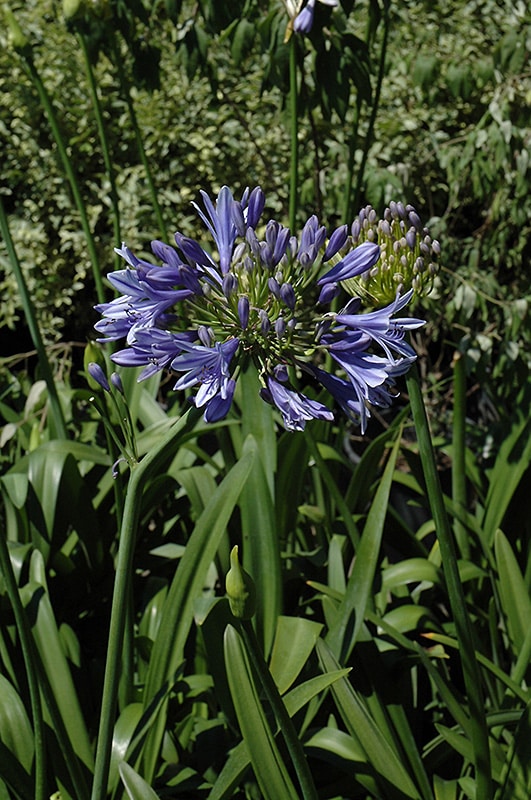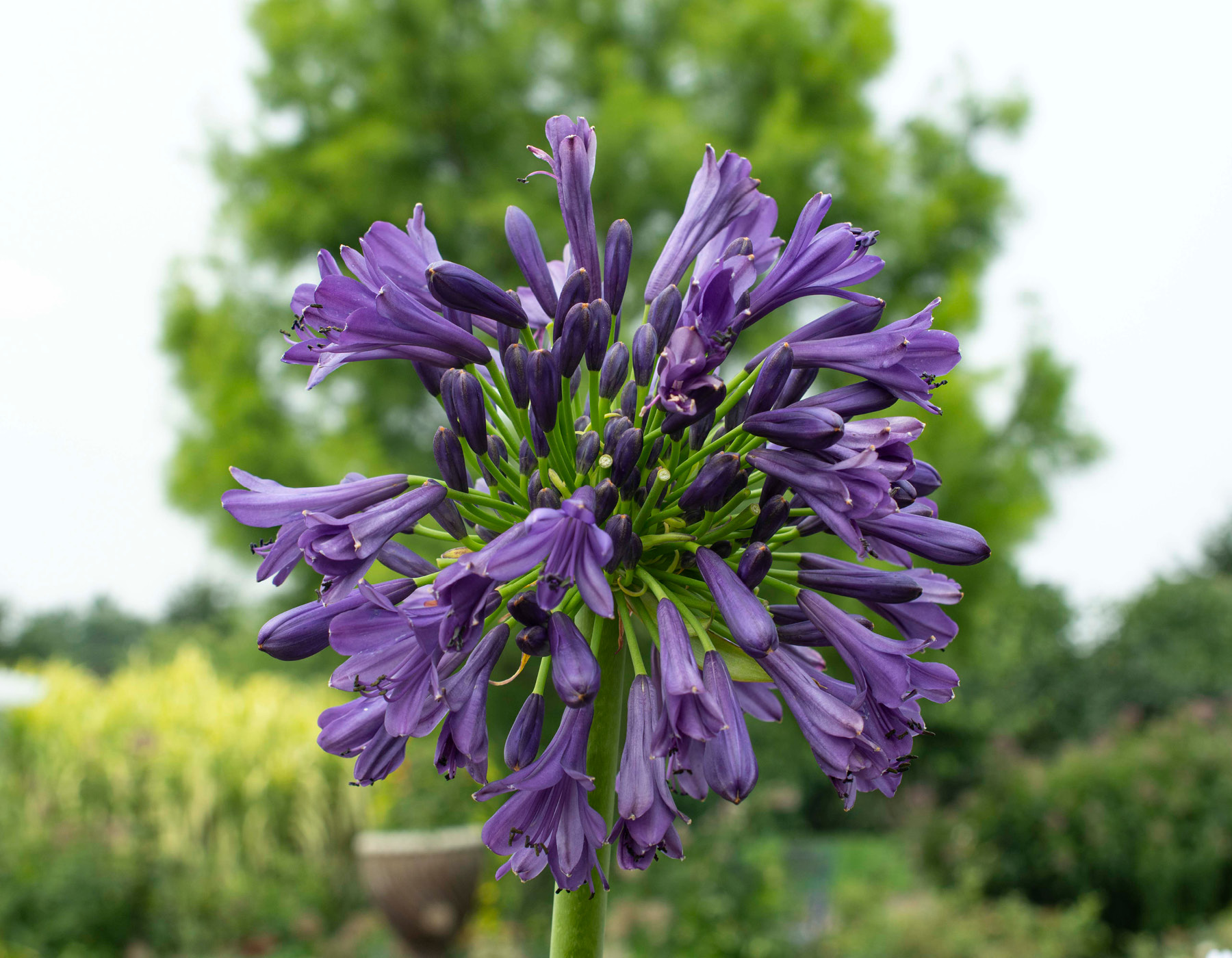Seasonal Agapanthus Treatment: Getting Ready For Winter and Summertime
Seasonal Agapanthus Treatment: Getting Ready For Winter and Summertime
Blog Article
Mastering the Art of Agapanthus Care: Crucial Steps for Healthy And Balanced Development and Dynamic Blooms
In the realm of cultivation, the cultivation of agapanthus stands as a satisfying undertaking for those who seek to nurture these elegant flowering plants. From choosing the appropriate selection to mastering pruning strategies, the trip in the direction of growing prospering agapanthus plants is diverse and holds the crucial to opening the complete potential of these botanical gems.

Choosing the Right Agapanthus Selection

When selecting the right Agapanthus variety for your garden, take into consideration aspects such as environment suitability, bloom color, and growth routine. Agapanthus, frequently recognized as Lily of the Nile or African lily, is available in a variety of colors ranging from shades of blue and purple to white. Choose a blossom color that complements your existing yard scheme to create an unified landscape. In addition, think about the climate in your area to guarantee the Agapanthus variety you select can prosper in your particular conditions. Some varieties are a lot more tolerant of chilly temperatures, while others choose warmer environments. Recognizing the development habit of various Agapanthus selections is important for appropriate positioning within your yard. Some ranges have a clumping development practice, ideal for containers or boundaries, while others have an even more spreading nature, suitable for ground cover or mass plantings. By carefully reviewing these elements, you can choose the perfect Agapanthus variety to enhance the charm of your garden.
Suitable Planting Problems
Taking into consideration the optimal environmental demands is necessary for effective Agapanthus farming. Agapanthus plants are sensitive to cold temperature levels and should be safeguarded from frost during winter months.
To guarantee healthy development and vivid flowers, plant Agapanthus light bulbs at a deepness of regarding 2-4 inches and room them 8-12 inches apart. Mulching around the base of the plants assists preserve dampness and reduces weed development.
Watering and Fertilizing Tips
Preserving correct wetness levels and giving necessary nutrients are crucial elements in the treatment program for Agapanthus plants. It is vital to strike a balance when it comes to watering Agapanthus. These plants favor consistently moist dirt however are prone to root rot if overwatered. During the growing season, water deeply when a week, guaranteeing the soil is well-draining to stop waterlogging. In hotter climates or during durations of dry spell, more constant watering might be needed to maintain the dirt uniformly moist. Nevertheless, decrease watering in the wintertime to avoid water logged problems.
Fertilizing Agapanthus is crucial for promoting healthy development and prolific flowers. Apply a balanced plant food, such as a 10-10-10 formula, in the early springtime as brand-new development arises. By following these watering and feeding ideas, you can guarantee your Agapanthus plants prosper and generate lively, resilient blossoms.
Trimming Techniques for Agapanthus
Trimming Agapanthus plants at the ideal times and with correct methods is critical for keeping their wellness and promoting great site optimal growth and blooming. The perfect time to prune Agapanthus remains in late wintertime or very early springtime before brand-new growth emerges. Beginning by getting rid of any type of dead or yellowing leaves near the base of the plant. Cut them as short as feasible without harming the emerging shoots.
Deadheading spent blossoms can additionally reroute the plant's energy right into producing more blooms rather than establishing seeds. If you desire to gather seeds for proliferation, leave some blossoms to dry and mature on the plant.
Remember to use clean, sharp tools to make precise cuts and lower the risk of presenting conditions. Agapanthus. Regular pruning will certainly assist keep your Agapanthus looking healthy and balanced and neat while guaranteeing an abundant display screen of gorgeous flowers
Managing Usual Parasites and Diseases
After ensuring correct trimming strategies for Agapanthus, it is essential to attend to typical parasites and illness that can influence the health and vitality of these plants. Agapanthus plants are typically sturdy yet can still succumb to specific issues. One common insect that influences Agapanthus is the Agapanthus gall midget. This tiny, orange fly lays its eggs in the vegetation, leading to altered growth and flower buds that fail to open. To combat this insect, prune and damage any damaged plant components and take into consideration using insecticidal soap.
Additionally, Agapanthus plants can endure from origin rot if they are planted in improperly draining dirt. By being alert and taking timely activity versus pests and illness, you can aid your Agapanthus plants prosper and produce vivid flowers. Agapanthus.

Conclusion
To conclude, grasping the art of agapanthus treatment entails picking the appropriate selection, offering perfect growing conditions, appropriate watering and feeding, ideal pruning techniques, and dealing with common parasites and illness. By adhering to these vital actions, you can guarantee healthy and balanced development and dynamic flowers for your Homepage agapanthus plants. Bear in mind to consistently keep track of and keep your plants to advertise their total well-being and durability.
To make certain healthy development and vivid blossoms, plant Agapanthus light bulbs at a deepness of regarding 2-4 inches and room them 8-12 inches apart. By adhering to these watering and feeding pointers, you can guarantee your Agapanthus plants grow and generate dynamic, long-lasting flowers.
One typical insect that impacts go to this web-site Agapanthus is the Agapanthus gall midge. Additionally, Agapanthus plants can suffer from origin rot if they are planted in badly draining dirt. By adhering to these necessary steps, you can guarantee healthy development and lively blossoms for your agapanthus plants.
Report this page